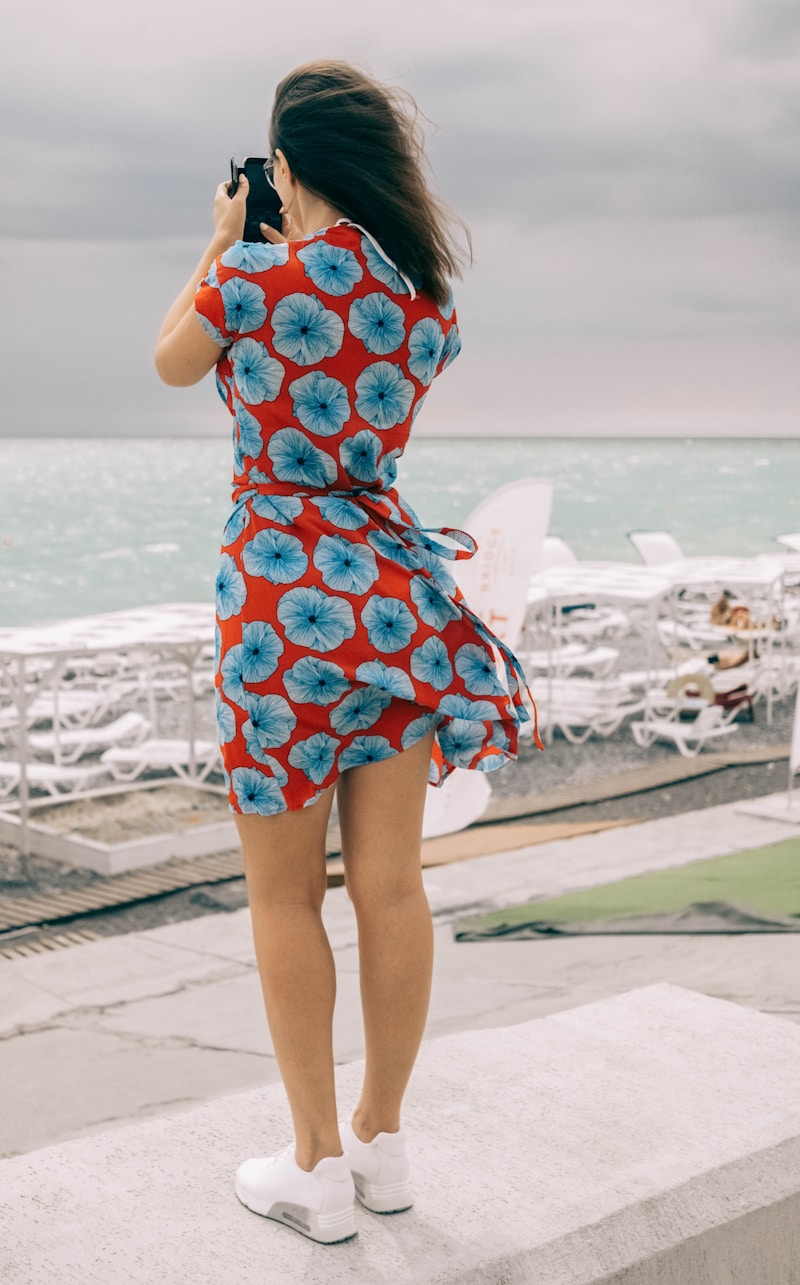The Art of Fitting a Tailored Dress: A Comprehensive Guide
Fitting a tailored dress is an essential skill that combines both art and science. The perfect fit not only enhances the wearer's silhouette but also boosts confidence and makes a statement. This guide aims to explore the intricacies of fitting a tailored dress, offering valuable insights and techniques to help both aspiring designers and fashion enthusiasts master this craft.
Understanding Tailored Dresses
Tailored dresses are garments that are custom-fitted to an individual's measurements and preferences. Unlike off-the-rack clothing, tailored dresses are designed to accentuate the body’s natural shape, providing not only style but also comfort. The tailored fit can transform a simple dress into an exceptional piece that reflects personal style.
Why a Perfect Fit Matters
Achieving the perfect fit is crucial for several reasons:
- Enhancement of Silhouette: A well-fitted dress highlights the curves and angles of the body, accentuating the wearer's natural beauty.
- Comfort: A tailored dress provides greater comfort than standard clothing, allowing for ease of movement.
- Boosting Confidence: Wearing a dress that fits perfectly instills confidence in the wearer, making them feel beautiful and empowered.
Key Measurements for Fitting a Tailored Dress
Taking accurate measurements is the foundation of fitting a tailored dress. Here are the key measurements you need to consider:
| Measurement | Description |
| Bust | Measure around the fullest part of the bust, ensuring the tape measure is parallel to the floor. |
| Waist | Locate the natural waistline and measure around it; this is typically the narrowest part of the torso. |
| Hip | Measure around the fullest part of the hips, making sure to keep the tape measure straight. |
| Length | Measure from the shoulder to the desired hemline of the dress. |
| Shoulder Width | Measure from one shoulder seam to the other. |
Techniques for Fitting a Tailored Dress
1. Choose the Right Fabric
The fabric selection is vital when fitting a tailored dress. Depending on the intended look and function of the dress, different fabrics can behave differently:
- Structured Fabrics: Fabrics like cotton, denim, or heavier blends provide a structured fit.
- Soft Fabrics: Silks and chiffons offer a flowy, less structured look.
2. Create a Baseline Fit
Before making precise alterations, it’s essential to establish a baseline fit. The dress should be pinned on a dress form or on the wearer to determine how it sits on the body. This initial fitting helps to identify areas that require adjustments.
3. Make Adjustments
Using the measurements taken earlier, begin making alterations to achieve the perfect fit. Common adjustments include:
- Taking In the Sides: If the dress is too loose, pinching the fabric in at the side seams can create a more tailored look.
- Altering the Hem: Ensure that the length is appropriate for the wearer's height and style preferences.
- Adjusting the Bust: If the dress does not sit well around the bust, take in or let out the seams as needed.
Understanding Body Types
It’s essential to understand how different body types can influence the fitting of a tailored dress. Here are some common body types and tips for fitting:
- Hourglass: Emphasize the waist and ensure the dress follows the body’s natural curves.
- Apple: Look for styles that draw attention away from the midsection and focus on the legs or shoulders.
- Pear: Choose dresses that create a balanced silhouette, drawing focus to the upper body.
- Rectangular: Tailored dresses with defined waistlines can create the illusion of curves.
Accessorizing a Tailored Dress
Once the perfect fit is achieved, accessorizing can elevate the look even further. Here are some tips:
- Belts: A well-placed belt can further define the waist.
- Jewelry: Choose understated pieces that complement the dress without overwhelming it.
- Footwear: The right shoes can enhance the overall look and comfort.

Conclusion
Fitting a tailored dress is an intricate process that requires attention to detail and an understanding of individual body types. By taking accurate measurements, choosing the right fabric, and applying appropriate techniques for adjustments, anyone can create a stunning tailored dress. Remember to account for personal style and preferences throughout the process. Whether you are a designer or a fashion lover, mastering the art of fitting a tailored dress opens a world of style possibilities.
In conclusion, when engaging in dress fitting, consider these key factors: always prioritize comfort, take accurate measurements, and adjust for personal style. These elements will ensure that your tailored dress not only fits perfectly but also resonates with your personal aesthetics.
For those exploring this art, practice makes perfect. With time and dedication, you will gain confidence and skill in creating beautifully fitted tailored dresses.